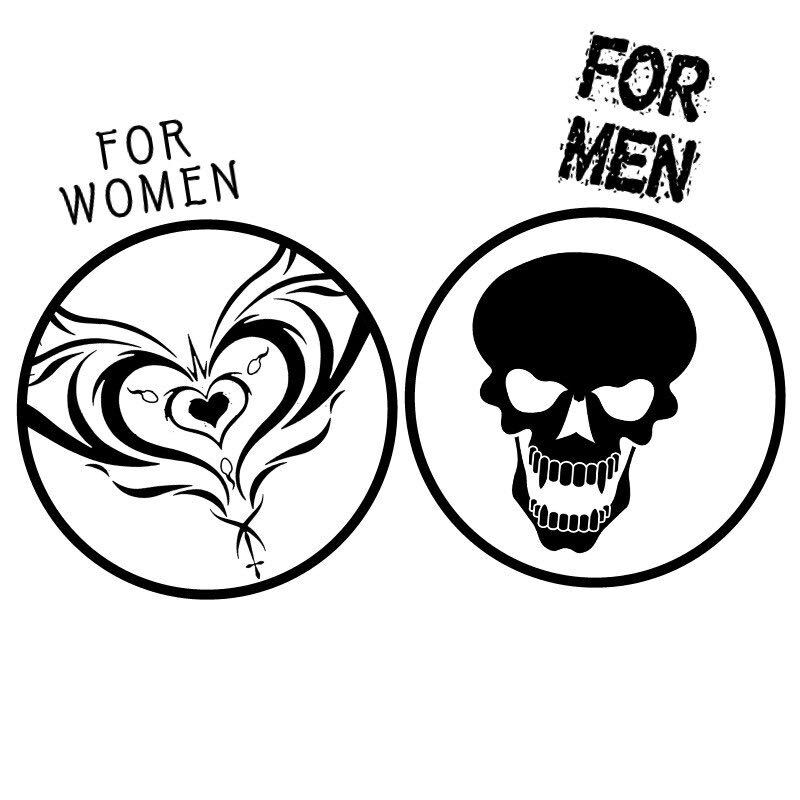Opinion | What even are feminine tattoos?
March 30, 2023
Randomly, the other day, I got a “pretty tattoos for women” Pinterest alert. I had never thought of tattoos that I like as pretty or even feminine. Then I did a Google search and realized that feminist and feminine body art is not a new fad.
Since around 2016, there has been an increase in tattoo clients receiving feminist tattoos. Whether it’s Elizabeth Warren’s face, gravestones memorializing the death of gender roles, symbols of Venus or feminist phrases like “nevertheless she persisted,” “rise,” “solidarity” and “nasty woman” feminist tattoos represent the women’s rights and feminist movements. Unfortunately, tattoos have become gendered aspects of our society like many other unnecessary things. Tattoos can serve as symbols of female empowerment and can spark discussion about the ownership of women’s bodies.
Western tattooing is historically associated with inmates, bikers and sailors, creating a stereotype of who typically has tattoos. Stereotypically, individuals with tattoos are seen as deviant, unfit to function in society and are associated with masculinity.
Tattoos are personal to someone’s identity and personality. It should not matter if they are “feminine” or “masculine.”
In the 19th century, tattoos were popular for wealthy socialites, including women. This trend then died down in the 20th century when body ink emerged as a symbol of masculinity. Many parlors often refused to tattoo women unless married and accompanied by their husbands.
Tattoos began to reflect social movements during the 1970s, including the fight for gay and women’s rights and the peace movement. These social movements paved the way for tattoos to become more than a working-class mark and instead a form of artistic expression. For women, they were seen as gender role violations and evaluated negatively by society. Women got tattoos as a means of protest. They were representative of women’s rights — a fight towards the counter-norm and for feminism.
The advent of the 1970s feminist movement led to a spike in the number of women tattooing themselves. Then in the 1990s, breast cancer survivors started to use tattoos to cover their mastectomy scars, a trend that continues today.
Coming into the 21st century, tattoos are now a more permanent part of pop culture rather than an act of resistance. While tattoos are now popularized among all genders, men with tattoos are cool while women are promiscuous or dangerous.
Women are treated as second-class citizens and face prejudice in our society. Tattoos are a way for women to reclaim their bodies and their individual identity. Society tells women what they should be, and body art goes against the scrutiny and discipline that society puts on the female body and how we should present ourselves to the world.
In the past decade, the U.S. government has seemingly decided how women should use, dress and protect their bodies. It has become a matter of policy rather than personal preference. Tattoos appeal to women because they can act as emblems of empowerment and badges of self-determination in a society where controversies over women’s rights — including abortion and sexual harassment — have made women have to consider who controls their bodies and why.
Society sees tattoos as another thing that women do to change themselves and be less feminine — we’re judged on what we look like, what our hair looks like, our makeup, our clothes, anything and everything, and getting a tattoo is no different.
Women should get any type of tattoo they want regardless of whether it’s feminine, feminist or simply something meaningful to them. The idea that we have gendered tattoos and sexist views towards women having tattoos is absurd. Society and employers still look at tattoos negatively and punish individuals, whether male or female, for having ink.
Society created feminine tattoos to increase gendered aspects of society and to divide women into another realm of life. In actuality, the only thing feminine about so-called feminine tattoos is that they are typically done by women, are flowers, and are dainty and small. Women should not feel any pressure to get feminine tattoos or ones that represent women’s rights and the feminist movement. Women do not need to justify their reasoning for getting any tattoo whether it is feminine or masculine — you do not see men justify their reasons for getting a tattoo.
The societal pressure to fit into a mold of what a woman is can feel daunting, frustrating and almost impossible. We should refrain from doing anything to fit into what others want or uphold the standard for how women are supposed to act or present themselves.
Keep getting whatever tattoo you feel fits and represents yourself as an individual, not as a male or female. If you want to get a feminine tattoo to bring out your femininity or a masculine one to bring out your masculinity, then go for it. All in all, do not listen to what others have to say — it’s your body, and you have a right to get a tattoo of whatever you decide.
Emily O’Neil writes primarily about societal issues, politics and campus life. Write to her at ero26@pitt.edu.



